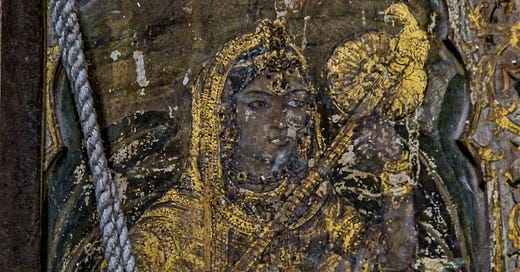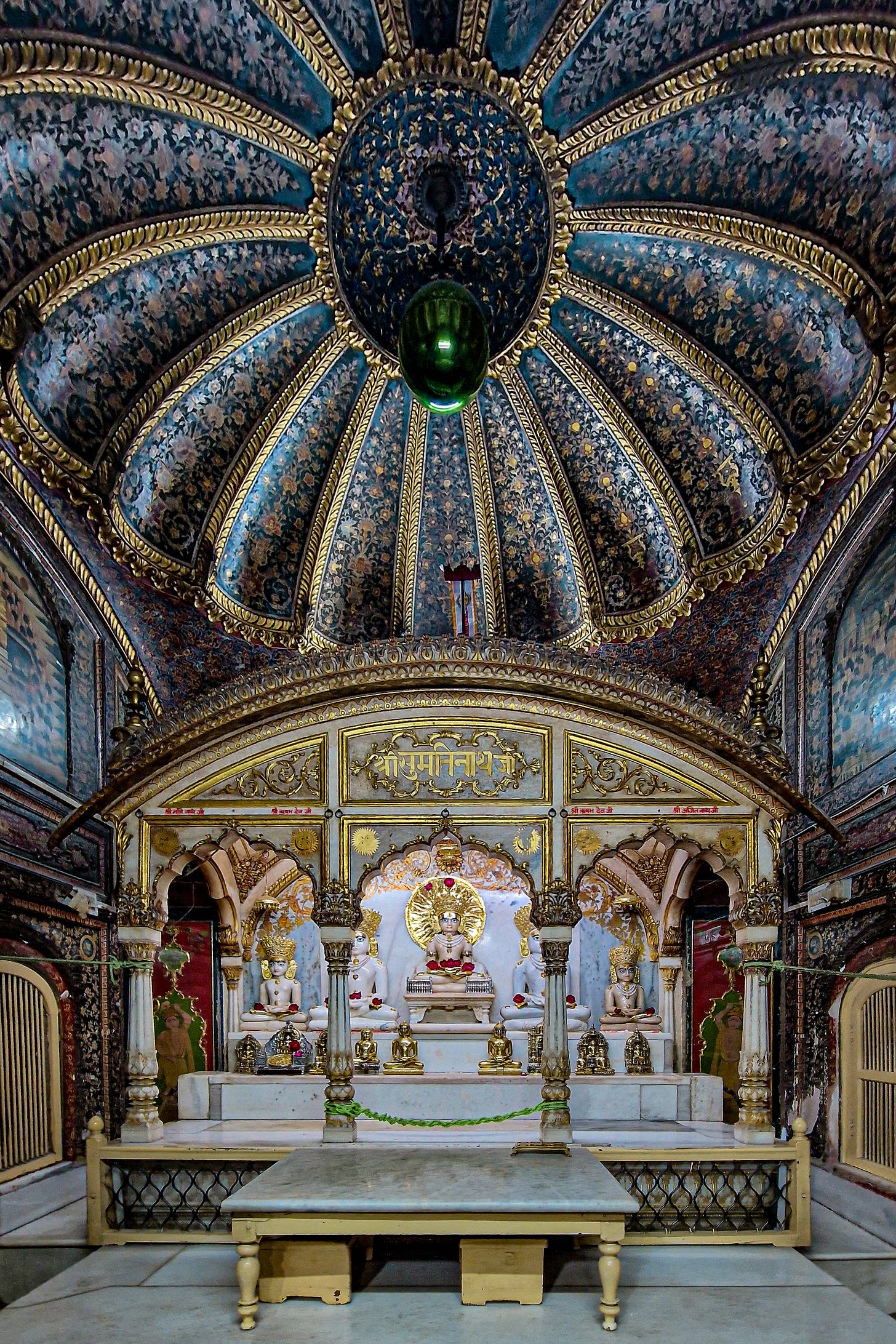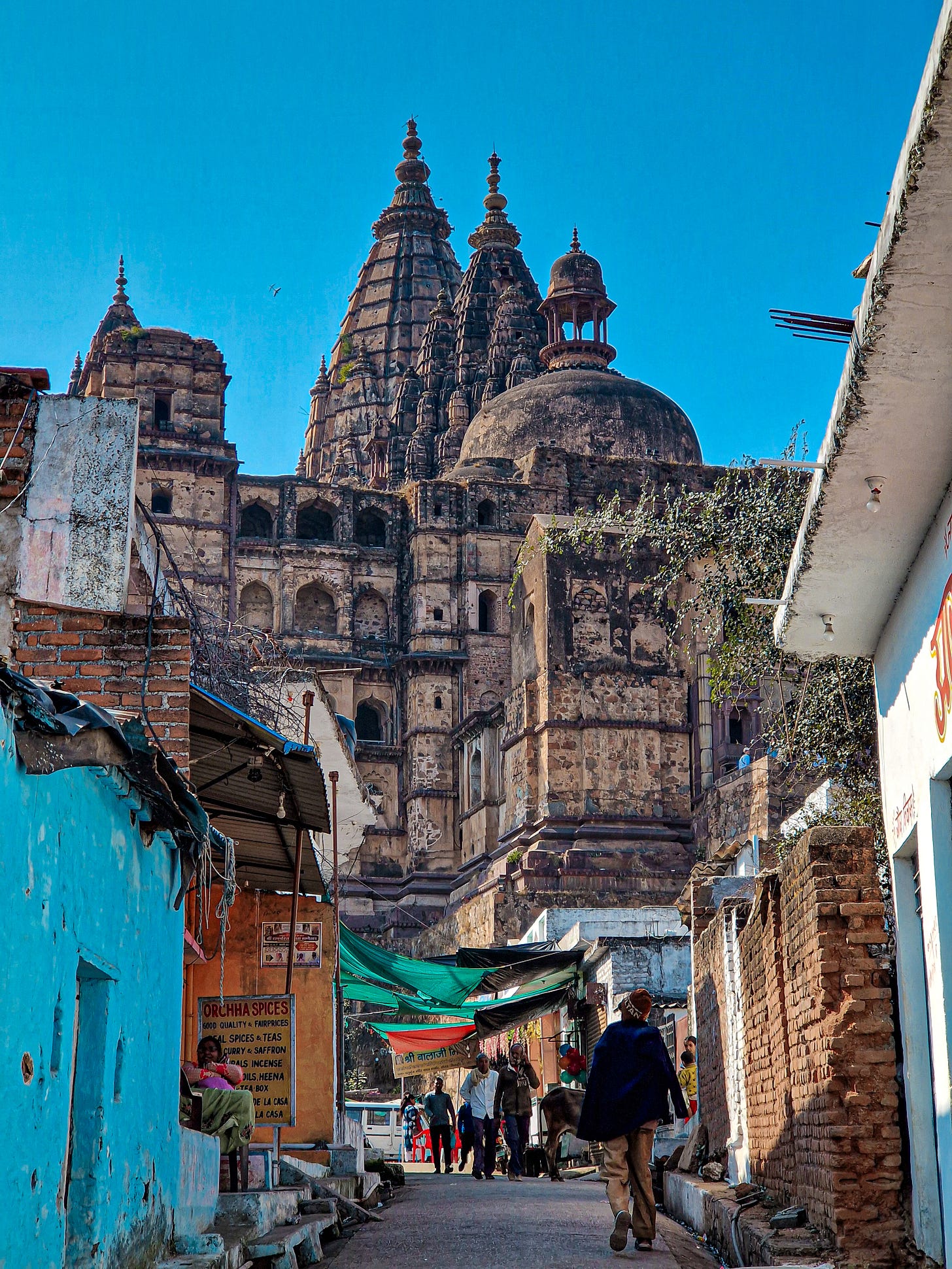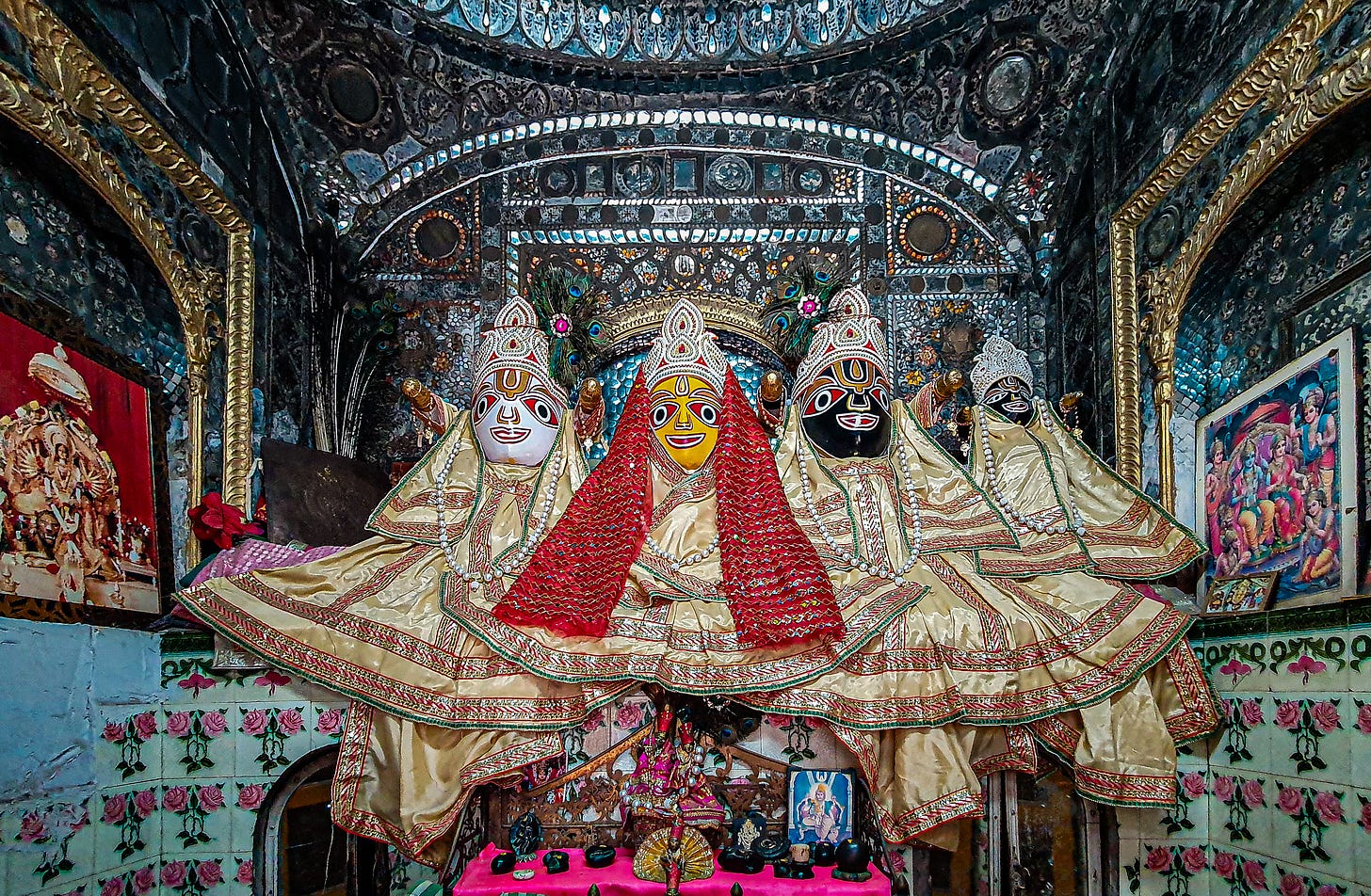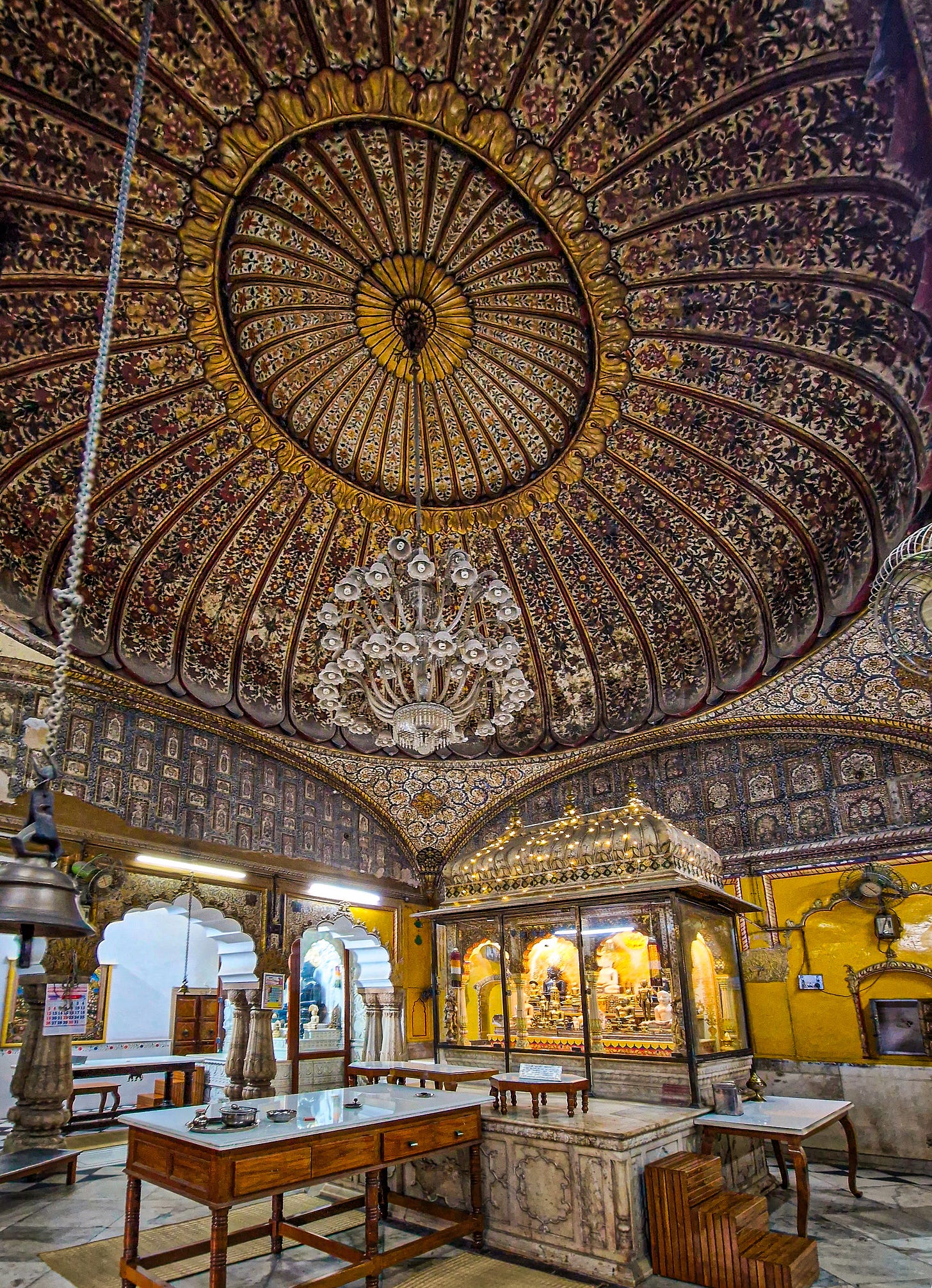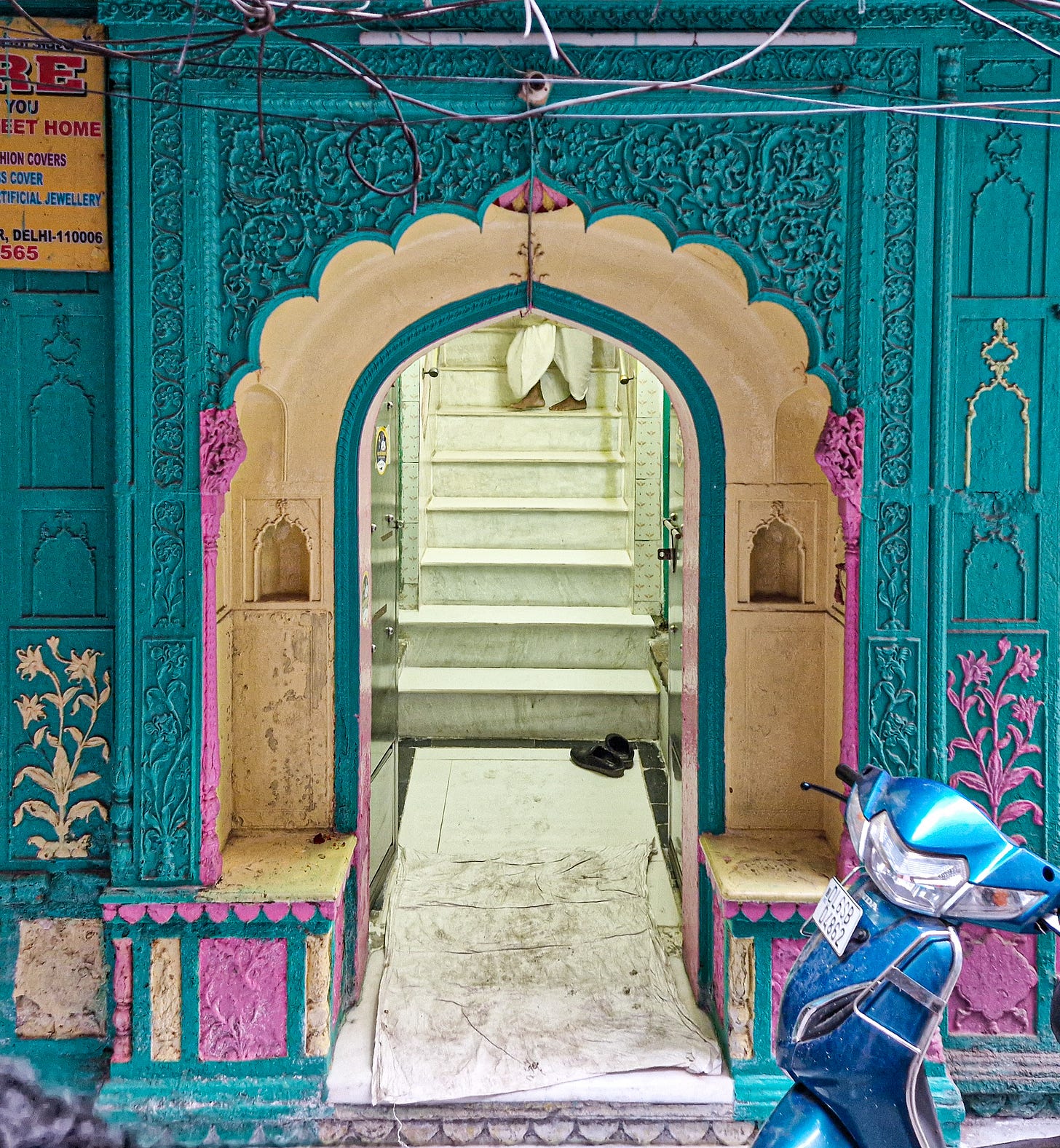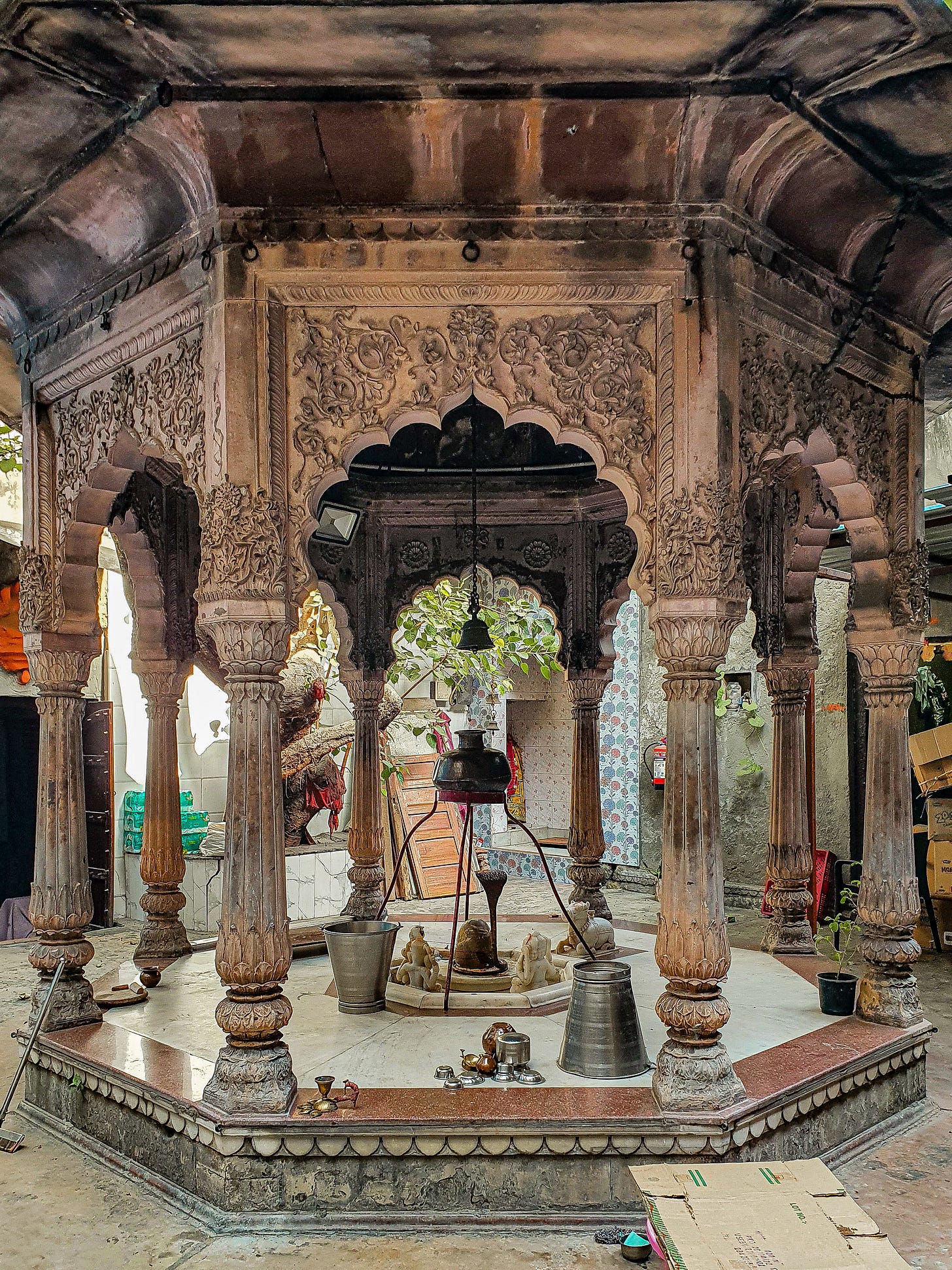North India’s historic temples are curiously elusive.
Why are there so few massive temples in the North compared to the South, many people ask.
The common refrain is that they were all destroyed by Muslim rulers and many hundreds - if not thousands - certainly were.
Yet the narrative of endless temple destruction in North India also overlooks a crucial fact: that many thousands of temples built under the Muslim-ruled Mughal Empire DO survive.
These temples are rarely associated with the Mughals, yet they include some of the largest temples in North India. Take, for example, the enormous Chaturbhuj temple in Orccha, built by Emperor Jahangir's right hand man, Bir Singh Deo.
The mass construction of temples under the Mughals also coexisted with mass destruction.
It seems that the Mughals had a simple policy - if you join us you can built as many temples as you like, but if you disobey us we will attack them. Thus this very same temple in Orccha was may have been targeted a generation later by Shah Jahan.
As well as the many Mughal-sponsored temples of Braj, Rajasthan and Bengal, 96 Mughal-era temples stand in Delhi alone. These temples have rarely been documented or studied - indeed most lie unprotected.
When Shah Jahan designed his new capital of Shahjahanabad, he dedicated spaces for Hindu and Jain worship. Some of the finest surviving Jain temples are tucked away in Dharampura’s Jain Muhalla, while Shaiva shrines cluster in Katra Neel’s Shaiva Muhalla.
This was less 'syncretism' and more pragmatic: Jain and Khattri bankers underwrote the Mughal economy, whilst Rajputs, Marathas and Jats supplied much of the army.
Of the 96 temples in Shahjahanabad built before 1857, only twelve have dated inscriptions - ten from the British era, and two from after Nadir Shah’s brutal 1739 sack of Delhi. None predate Nadir Shah's invasion in their current form, hinting that these temples were looted for gold by Nadir Shah's men.
Notably, the temples built in the capital are much smaller than those built in sacred temple towns like Vridnavan, or Hindu zamindari land like Jaipur or Bishnupur.
Instead, they are often folded into the fabric of urban life - mostly lacking shikharas - and from the outside it is often difficult to tell you are looking at temple.
But they are temples nonetheless, and our image of Mughal Delhi is simply wrong if we ignore them. Delhi was not just a Muslim city, but one where other faiths were subtly woven into the urban fabric. Contrary to popular belief, Delhi is full of historic temples. You just have to know where to look.
Shaiva Temples
The great scholar Zafar Hasan once noted that "the worship of Shiva was far more prevalent [in Delhi] than any other deity."
Indeed almost every Hindu temple - regardless of sectarian affiliation - will usually have a small ‘Shivalaya’ attached.
Keep reading with a 7-day free trial
Subscribe to Travels of Samwise to keep reading this post and get 7 days of free access to the full post archives.

